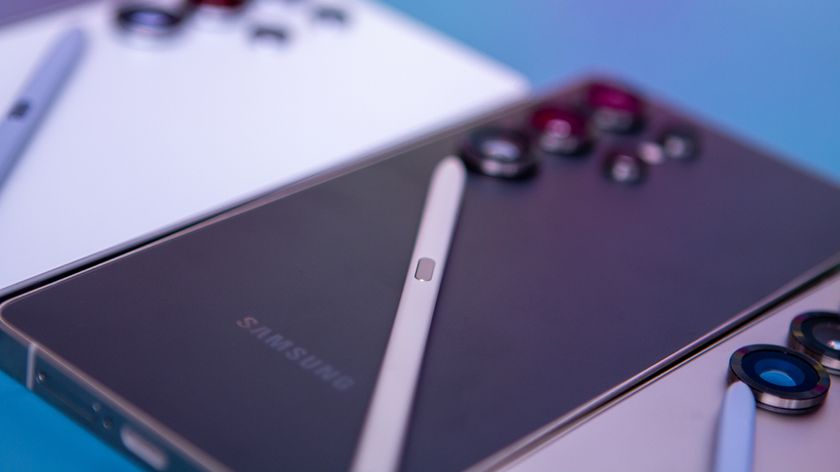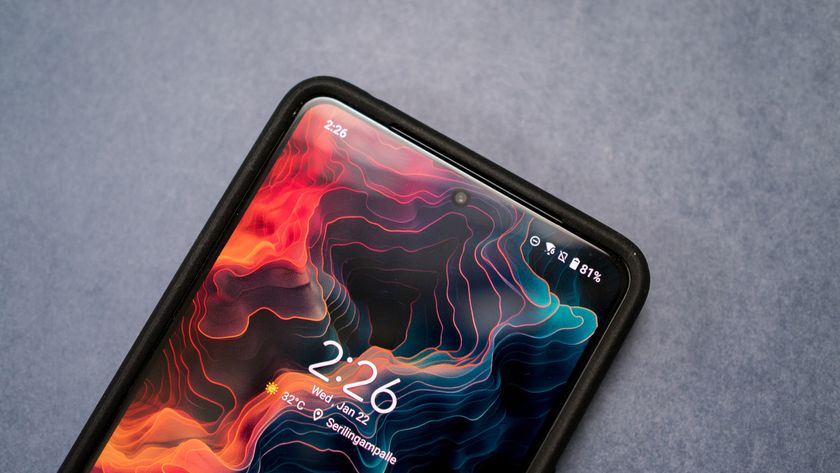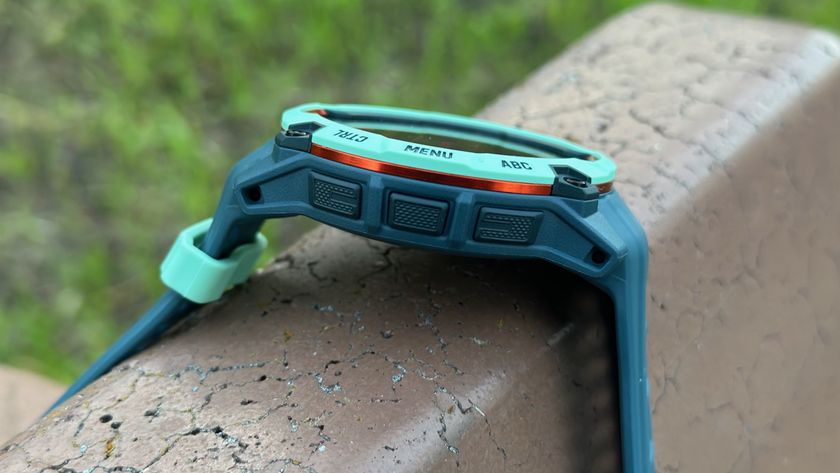Which Android phone has the best camera? What I found after testing dozens of devices in 2024
Level up your camera game by switching to one of the best Android camera phones.
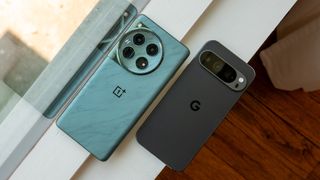
At a glance
1. Best overall
2. Best premium pick
3. Best budget choice
4. Best alternative
5. Best features
6. Best international
7. Best for pros
8. Best small flagship
9. Best foldable
More to consider
How we test
There are a ton of reasons to buy Android phones, but the consistently great camera performance is one of the biggest. This guide will help your know which camera phones are best, regardless of whether you're capturing pictures of your family or an image of the night sky.
In the past, you could expect the best Android camera phones to cost you an arm and a leg, but nowadays there are powerful options for just about every budget and use case under the sun. Luckily, there are plenty of options for people who want effortless point-and-shoot style photography and those who want to go more in-depth or have different needs beyond the camera.
The options capable of delivering those results are also growing in number, which is why this list is filled with excellent choices. If you opt to go with the Google Pixel 9 Pro, Samsung Galaxy S24 Ultra, or OnePlus 12, you'll be getting a stellar camera for every situation.
The best camera phones are generally expensive, but you can take advantage of massive savings if you buy them during one of the many sales that happen throughout the year.

For 20+ years, Ted Kritsonis has been spending a lot of time testing out gadgets to help others make the best decision with their hard-earned money. That includes taking countless photos with the latest Android phones, so Ted's picks come with many years of experience as a photographer.
At a glance
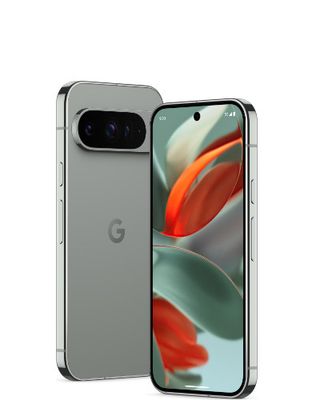
Best overall
The Pixel 9 Pro is Google’s latest and greatest with a powerful three-camera system and some of the best camera software in the business, day or night. You can also get the Pro model in a new smaller size.
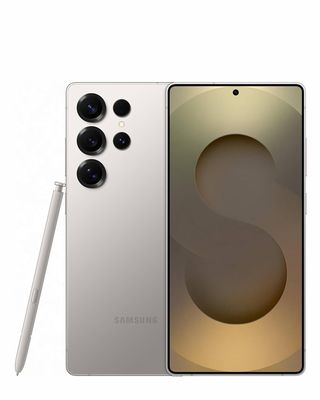
Best premium pick
The Samsung Galaxy S25 Ultra doubles down on AI features, some of which help drive the camera array. There aren't big changes here apart from a new ultra-wide sensor that goes to 50MP, leaving most changes to the software side and taking away a key one from the S Pen.
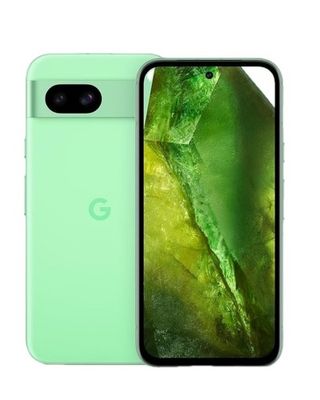
Best budget choice
What's most impressive about the Pixel 8a is just how close it is to the Pixel 8 in terms of performance with the same Tensor G3 SoC and excellent camera app. While the camera setup is identical to the Pixel 7a, it still takes excellent pictures thanks to Google's software.
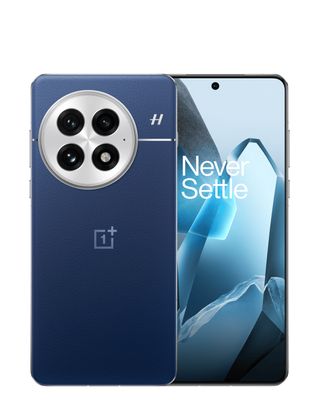
Best alternative
OnePlus takes bigger steps with its camera system this time, and it leads to improved results all around, particularly on the main and telephoto cameras. Action photography is now possible, and AI-driven editing features offer options to make changes afterward.
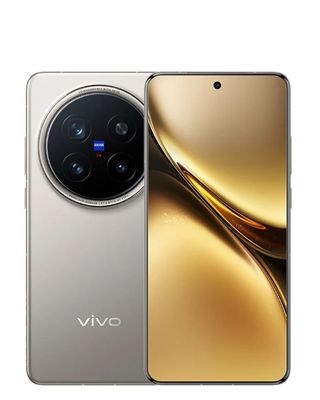
Best features
Run through the Vivo X200 Pro and its camera app, and you can't help but notice the bevy of photography features. It also has the best telephoto lens on the market, as well as an excellent Action mode that works wonders at sporting events and performances.
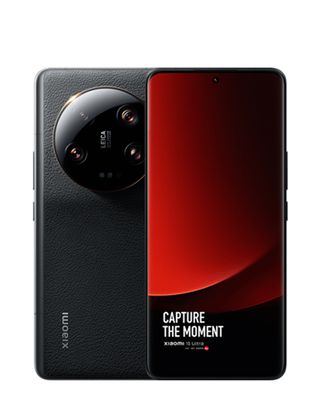
Best international
The Xiaomi 14 series takes mobile photography to new levels, and the Xiaomi 14 Ultra is a fabulous choice if you want high-resolution sensors that take brilliant photos in challenging scenarios. The device isn't available in North America, but you can still get your hands on one online.
Load the next 3 products ↓
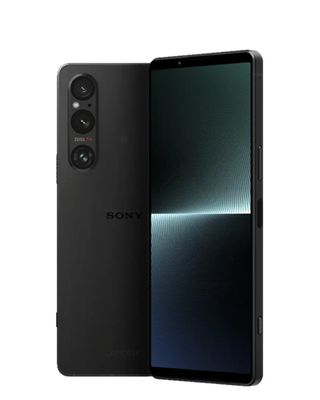
Best for pros
All of the phones on this list can take very good photos and video, but if you want a more professional toolkit and give your video a cinematic look, the Xperia 1 V is easy to trust. With three cameras and a time-of-flight sensor, this phone has incredibly fast focus speeds, records in 4K HDR, and offers full manual video controls you won't find anywhere else.
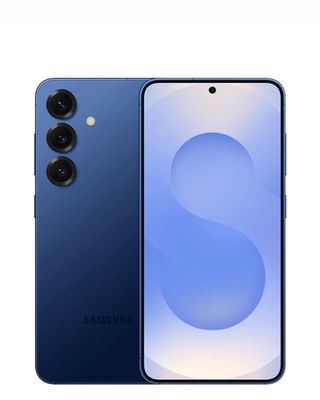
Best small flagship
The Samsung Galaxy S25 retains the fairly compact size of its predecessors with a 6.2-inch display and top-end specs. The larger S25 Ultra gets the attention, but if you want something more one-handed and pocket-friendly, the smallest Galaxy S25 is still a great choice.
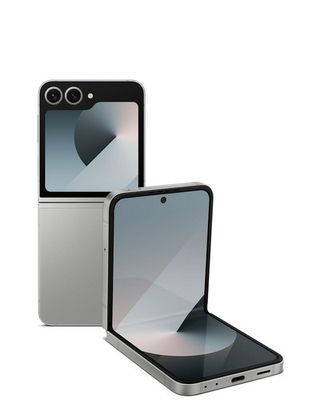
Best foldable
While folding phone cameras can be disappointing, the Galaxy Z Flip 6 has made some hardware improvements while keeping its excellent form factor for vlogging intact. There’s even a video mode with the screen half-folded.
Best overall
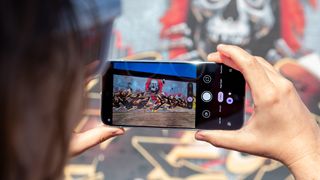
Specifications
Reasons to buy
Reasons to avoid
Google has stood firm among the best camera phones for a few years now with its Pixel series consistently impressing thanks to excellent software. With the Pixel 9 Pro, you can get Google’s best camera system and fastest hardware behind a more compact 6.3-inch display than last year’s 6.7-inch Pixel 8 Pro. If you still want a big phone, you can get the same hardware in the larger Pixel 9 Pro XL with a 6.8-inch display. Still, we’re happy to get Google’s full-power Pixel in a one-handed size.
When it comes to the camera system, the spec sheet shows a lot of similarities between the Pixel 9 Pro and the Pixel 8 Pro, but Google has still made some nice improvements including some new AI cameras features like Add Me and night mode in panorama shots as we saw in our initial review for the Pixel 9 Pro and Pixel 9 Pro XL. This phone has a main 50MP sensor, a 48MP periscope telephoto camera, and a 48Mp ultra-wide camera. The selfie camera has also been bumped up to a 42MP unit.
If you’ve been following Google’s Pixel series, you’ll already know that one of the phone’s best features is ongoing software support directly from Google. This phone ships with Android 14, but is set to receive Pixel update for seven years, so you’ll keep getting new features and the freshest UI for years to come. It’s also nice that, unlike some other pioneers in the camera space, this phone will work great on just about any carrier in the U.S. with strong 5G band support.
The biggest downside on the photography side is the portrait mode. For some reason, Google still can't get portrait mode photos right, which is perplexing given the company's AI pedigree. We've found that portrait mode shots from any Pixel phone has very poor "cutouts" of the subject, meaning that nice-looking blurry background looks really bad around the edges of people's hair, ears, and other non-straight lines. The Pixel 9, unfortunately, doesn't fix this problem.
Best premium pick
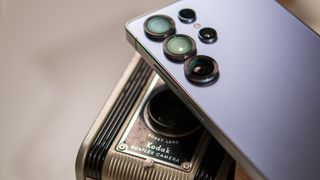
Specifications
Reasons to buy
Reasons to avoid
If the Samsung Galaxy S24 Ultra was the best phone with a stylus, the Galaxy S25 Ultra takes that away. The S Pen is included, but without Bluetooth capabilities, it loses its remote shutter function and all gesture controls. The focus instead is on AI features — some of which are photo-related — to expand your options to get the right shot.
The Galaxy S25 Ultra is not a big departure from its predecessor in various ways, which explains why the camera system is so similar. There is a new image sensor for the big 200-megapixel wide camera and 50-megapixel periscope telephoto lens carry over to this device, with only the ultra-wide now getting a bump up to full-resolution 50MP images. that can give you very clear shots at up to 10x hybrid zoom. For those who want more control, Expert RAW can take RAW photos at full resolution, while Samsung’s Camera Assistant app offers a great helping hand.
The editing process is laden with Galaxy AI features, now including "Best Face" to choose the right smile or expression in any photo. There are also Generative AI features to take your photos and create artistic impressions, like drawings, comics, or other renders. You can even create images from scratch using Galaxy AI. Circle to Search also lets you do a Google search based on items you photograph with the phone.
The Galaxy S25 Ultra captures solid video footage, now including LOG if you want the ultimate in control when editing in post later. No cloud necessary, either, as AI features can run on device rather than having to beam up to the cloud.
Unfortunately, Samsung still didn't address taking pictures of moving subjects. Photos at sporting events, or even of your kids or pets will often turn out blurry. Vivo, Honor, Xiaomi, and (to some extent) Pixel phones do a much better job in this particular aspect. If you want the best results for action shots, you might want to consider those phones, instead.
Best budget choice
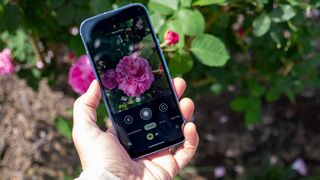
Specifications
Reasons to buy
Reasons to avoid
Google's A-series of phones have been punching above their weight in terms of camera performance since they were introduced, and while the jump from the Pixel 7a to the Pixel 8a is marginal, the Google Pixel 8a is still the best budget smartphone for taking photos. It's powered by the quick Tensor G3 SoC with 8GB of RAM, so it has no trouble keeping up with Android 14 and processing images to look vibrant.
The camera hardware is identical to the Pixel 7a with a 64MP main sensor and a 13MP ultrawide camera. Still, as our Pixel 8a review shows, the images you can get out of this phone are still among the best you'll find, especially at this price. On the front, the 13MP selfie camera's images look solid, but our Pixel 8a review found the colors to be a bit lacking. After you've taken your shot, you've got some nice AI features like Magic Eraser, Zoom Enhance, Best Take, and even Audio Magic Eraser for video.
The Pixel 8a is one of the best cheap Android phones thanks in no small part to this camera setup, but the rest of its hardware is solid as well with strong 5G support for sub-6 bands on most U.S. carriers. While the 18W charging isn't impressing us, the 4492mAh battery has solid endurance. Last but not least, Google has planned seven years of Pixel updates for this phone, which is an improvement over the Pixel 7a.
The downside is that you won't be able to zoom in the way you can with more expensive Pixels since there's no telephoto camera. For the most part, you'll be able to zoom in to around 4x until the quality starts to sharply fall off, but we imagine there aren't that many situations where this will make or break a decision to purchase a phone, especially when the phone's price is the most important part.
Best alternative
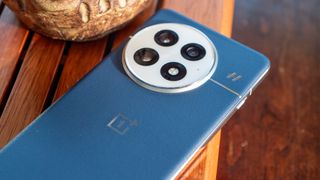
Specifications
Reasons to buy
Reasons to avoid
The OnePlus 13 is easily one of the best Android flagships available, partly because it improves from its predecessor in a number of areas.
One of the biggest is the camera system, which takes a leap forward in its versatility, particularly when it comes to action photography and low-light results. OnePlus' collaboration with Hasselblad, the renowned Swedish camera brand, is a pillar in establishing the kind of trust this phone earns when you dive into all the camera features. The results should speak for themselves, but it's so ripe for experimentation that you never know what kind of results you'll come up with.
That includes a new Stage mode for concerts and performances, an action setting within the Photo mode, Hasselblad's XPan, and even improved video output. The flatter display makes the 13 easier to wield no matter what you plan to capture.
OxygenOS remains one of the nicest Android overlays to use, while the Snapdragon 8 Elite processor does the job in helping run anything you throw at it. The battery is even bigger at 6,000mAh, helping already excellent battery life do even better. Use the 80W charger to fully charge the OnePlus 13 in just 30 minutes.
While OnePlus touts its AI features, they only work from the cloud, so no internet connection, no AI to work with. A neat addition is Share with iPhone to share files with iPhone users, though they will need to run the O+Connect app to make it work.
Best features
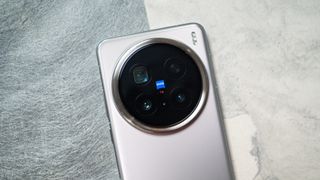
Specifications
Reasons to buy
Reasons to avoid
Vivo routinely delivers one of the best mobile photography experiences around., and after testing the X200 Pro, it's easy to see why. Its excellent collaboration with Zeiss, the storied German imaging brand, helps the cause in offering one of the deepest camera systems on a phone.
An abundance of shooting modes leads to various avenues of experimentation, letting you really choose how to compose and capture a scene. The 50-megapixel telephoto lens is the best in the industry at this point, capable of freezing action into sharper detail from further away to produce results others simply can't. The front camera may be a weak spot, but in the grander scheme, the rear cameras produce some of the best shots you'll find on any Android phone in 2025.
It's just too bad it's not as readily available as others are in North America. You can get your hands on one online, but don't go looking for it in stores. If it was more widely available, it would very likely be at the top of this list.
If you do grab one, know that you get as many years of Android updates, though outstanding battery life and more durable IP68/69 protection makes this device built to last.
Best international
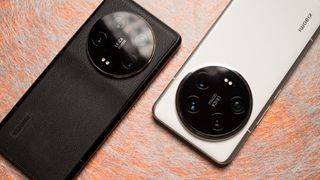
Specifications
Reasons to buy
Reasons to avoid
Leica's partnership with Xiaomi makes for one of the most innovative tandems in mobile photography, which is a big reason why the Xiaomi 14 Ultra is one of the best available. You could even argue the device is more like a camera with a phone attached rather than the other way around. We certainly saw it that way in our review, and there's a global version available too.
The 14 Ultra is a rarity in that its main camera uses a 1-inch sensor, and with its wide array of features and settings, it's capable of capturing outstanding photos. It's no exaggeration to suggest it can outdo any phone on this list, and the Leica presence plays a key role. Both the default Leica Authentic and Vibrant modes are fantastic in their color tones, while the software does a stellar job in virtually any set of conditions. This is the kind of camera interface worth exploring to discover everything it can do. There's even an optional camera grip — including a dedicated exposure slider and video recording button — turning this phone into a classic point-and-shoot.
You have to accept three years of Android updates (compared to four or more from others) and the limited availability means you'll have to buy this one online. Bloatware continues to decline with each successive Xiaomi device, but you'll have to do a little cleanup once you get your hands on one to make way for your preferred apps.
Best for pros
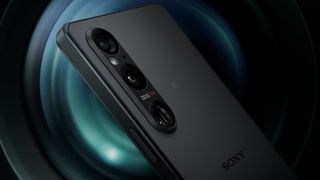
7. Sony Xperia 1 V
Our expert review:
Specifications
Reasons to buy
Reasons to avoid
If you assessed the Sony Xperia 1 V entirely on how it takes photos right out of the box, you might come away disappointed, but there's more than meets the eye. The phone comes with two camera apps, and the one that will turn more heads is the Photography Pro app, which offers a high level of control over composition before you capture anything.
A good example of that is the variable lens where you can zoom at 3.5x and 5.2x without losing resolution, not to mention the physical shutter button that will lock focus when you half-press it — just like an actual camera. If you want to use the Xperia 1 V as an external monitor with select Sony mirrorless cameras, you can do so by connecting the two via USB.
Then there's video, where you have not one, but two pro apps to work with, Videography Pro and Cinema Pro. All the granular controls available for photos apply here, and then some, giving you the highest level of autonomy over how to frame and capture your footage. Overall, the camera features dominate this phone, which helps explain the finicky fingerprint sensor and lack of fast charging, in particular.
Best small flagship
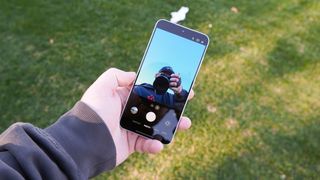
Specifications
Reasons to buy
Reasons to avoid
The Galaxy S25 Ultra gets more attention because of its larger size and hardware features, but the smaller Galaxy S25 stands out as a rare compact flagship courtesy of its 6.2-inch display. Despite its diminutive size, you still get the latest Snapdragon 8 Elite processor under the hood with 8GB of RAM.
The camera hardware is showing its age going back to the Galaxy S22, starting with a 50MP main sensor capable of taking vibrant images in varying conditions. That's the strength of the camera system compared to the 10MP telephoto camera and 12MP ultra-wide camera. The camera array is identical to that in the Galaxy S25 Plus and while it does well with static subjects, it still struggles in scenes with a lot of motion.
Like the other Galaxy S25 models, you can get a case that supports Qi2 with a magnet, essentially letting you use any accessories that are MagSafe-compatible.
Samsung promises seven years of OS and security for the Galaxy S25, so this phone should remain usable for years to come.
Best foldable
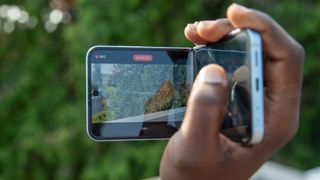
Specifications
Reasons to buy
Reasons to avoid
We love folding phones, but too often their camera systems are closer to what you’d find in something mid-range, not an expensive flagship. That being said, the Galaxy Z Flip 6 is a nice upgrade over its predecessor with the latest Snapdragon SoC, 12GB of RAM, and as we’ve come to expect from Samsung, excellent vibrant displays both inside and out. Samsung has also reduced the size of the crease in the folding screen so there’s no distracting bump.
Samsung’s cameras are known for punchy colors and sharpness that look great on social media, but they’ve also had some issues with motion. While the motion issues are still present with some blurry subjects, it’s possible to take some great photos with the main 50MP sensor, upgraded from 12MP on the Z Flip 5, and the 12MP ultrawide camera. The battery is also surprisingly big for a flip-style folding phone at 4000mAh, though the 25W charging is on the slow side.
Samsung isn’t to be outdone by Google with its software support either. Samsung has matched Google with seven years of software updates promised meaning this phone will still be up to date well after you’ve likely retired it. Samsung has also made sure to include excellent carrier support for all of the major U.S. carriers, so you should get strong 5G no matter which carrier you choose.
More to consider
There are a lot of Android phones on the market, and many of them specialize in something specific. While the above list contains the best of the best for most people, there are other considerations you might want to make, especially if you live outside the U.S.
The Vivo X200 Pro and Honor Magic 7 Pro are the best phone cameras for capturing motion, full stop. They're even better than a Google Pixel because of their ability to automatically capture images using the power of AI. It sounds hokey at first, but we've been impressed by these capabilities before by how well they worked. They can even do it while recording video, so you'll get automatic "best moment" photos any time they find them.
If you're looking to spend $200 or less on a phone, you might think you'll be stuck with a garbage camera experience. Thankfully, the CMF Phone 1 is here to prove you wrong, providing genuinely impressive photos and video capture with its powerful 50MP camera array. These photos rival that of phones twice the price, which makes the phone's unique modular design even better.
Lastly, folks looking for a big foldable phone with an amazing camera should look no further than the OnePlus Open. The company recently released the OnePlus Open Apex Edition, a souped-up version of our favorite foldable phone with the same incredible cameras we love. This one uses a large sensor on the back plus some great software tuning with Hasselblad branding, so you know you're getting a quality shot every time.
How we test
✅One of the oldest and most trusted Android sites on the web
✅Over 15 years of product testing
✅Thousands of products reviewed and tested since 2007
✅Over 50 phones tested every year by our team
At Android Central, we test every Android phone imaginable to find out which has the best camera around. While brands like the Pixel are easy recommendations for great cameras, sometimes a new release surprises us. The Vivo X200 Pro is limited by its lack of availability in all markets, but it showed what's possible when a camera system digs deep. Much like how the OnePlus 13 comes across as arguably the most improved camera on any Android phone in 2025.
Our Galaxy S25 Ultra camera review showed fewer major changes but also Samsung's penchant for leading the charge in AI editing features. Samsung also still has the best smaller Android flagship in the Galaxy S25.
Likewise, brands like Honor continue to make strides with the Honor Magic 7 Pro, a phone that proves highly capable in its own right. But you'll notice that every company's phone camera gets compared to a Pixel, which is why we often recommend Pixel phones as the most reliable way to get the best picture.
For our tests, we often take two or more phones out in the real world, taking pictures and videos of as many things as we can find. Photo comparisons often include taking images from each camera sensor—most phones have three on the back and one on the front these days—plus zoom levels in-between each sensor's stated level. A phone might have a 1x and 5x camera, but what about when you need to zoom in to 3.5x or something awkwardly in the middle? We test that, too.
Many phones these days ship with novel modes that companies try to advertise as the best thing since sliced bread, but oftentimes those modes aren't worth buying a phone for. Every so often, a feature like the Pixel 9's Add Me or the Pixel 8's Best Take comes along and surprises us with its utility. We always test manufacturer claims to see if these new modes or improvements are worthwhile.
If we're making some Android camera suggestions
Why you can trust Android Central
The Google Pixel 9 Pro comes out ahead of the competition not for its camera hardware, but for the consistently good results you get with the phone. Google's software pushes this phone into the top position with rich colors and a splash of sharpness that makes these photos really pop on a phone screen. For social media, this is one of the best Android phones around. The Pixel 9 also continues to be one of the best phones for night photography, even with panoramas.
But you'd be remiss to not consider Samsung's Galaxy S25 Ultra, which offers more versatility by way of its various modes and prosumer-level features. It's also a consistently excellent low-light performer and takes some of the best video of any Android phone available in most countries.
Be an expert in 5 minutes
Get the latest news from Android Central, your trusted companion in the world of Android

Ted Kritsonis loves taking photos when the opportunity arises, be it on a camera or smartphone. Beyond sports and world history, you can find him tinkering with gadgets or enjoying a cigar. Often times, that will be with a pair of headphones or earbuds playing tunes. When he's not testing something, he's working on the next episode of his podcast, Tednologic.
- Nicholas SutrichSenior Content Producer — Smartphones & VR
- Namerah Saud FatmiSenior Editor — Accessories
